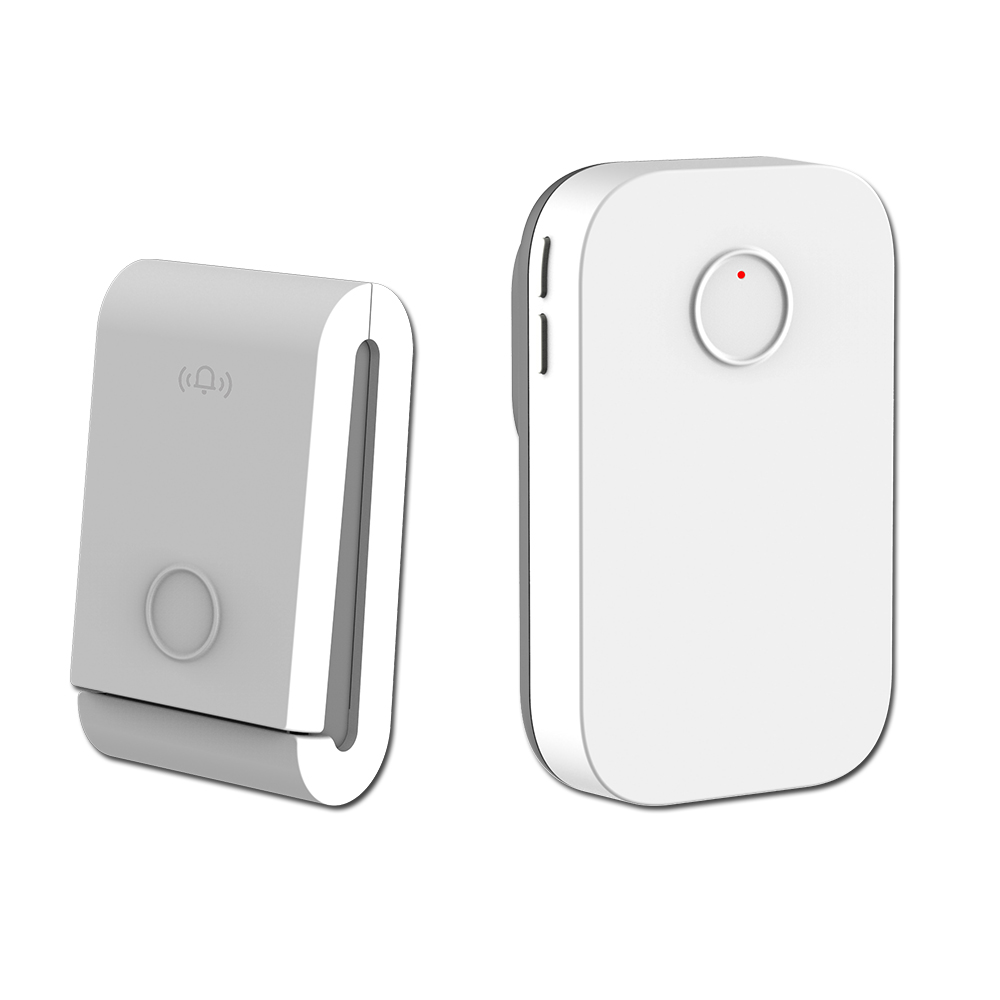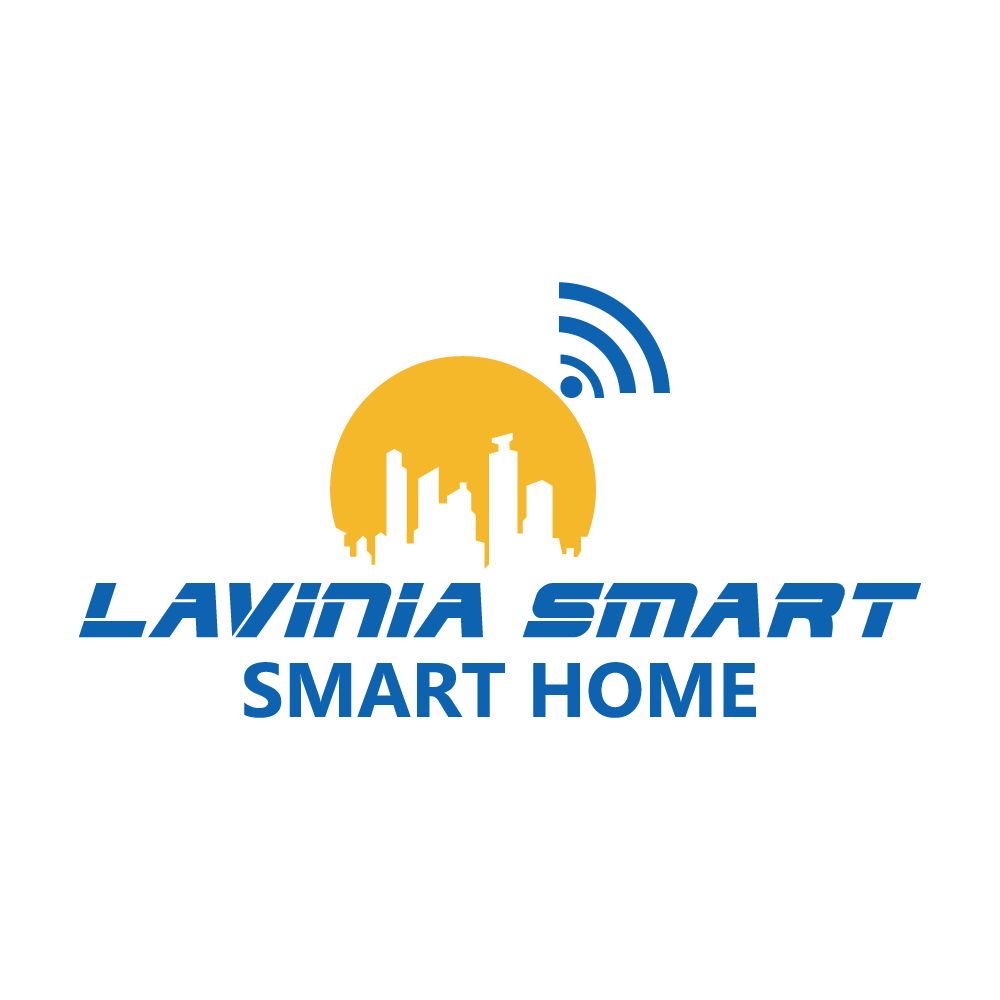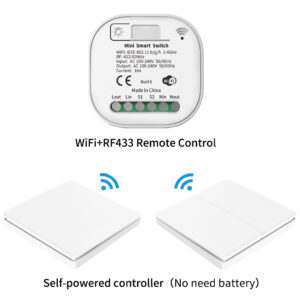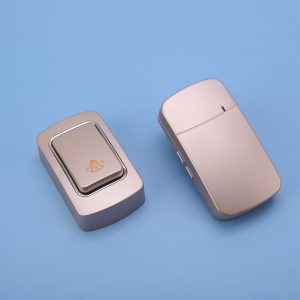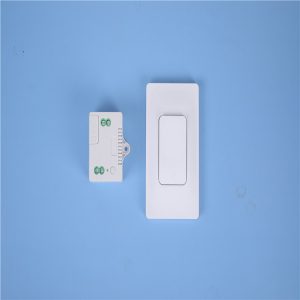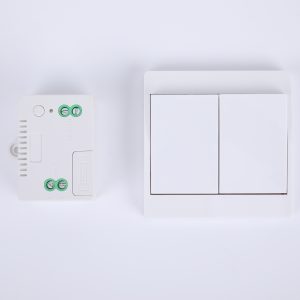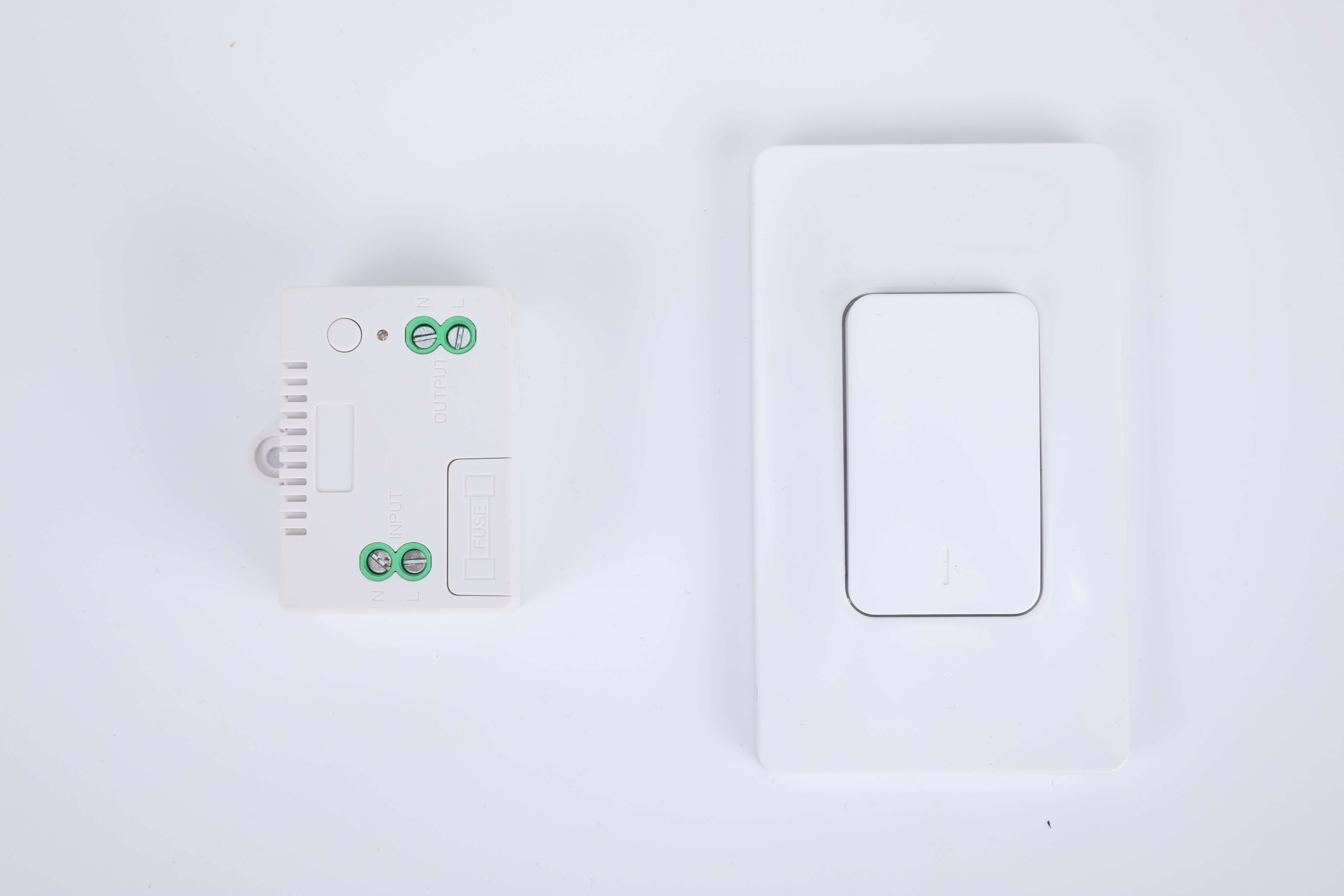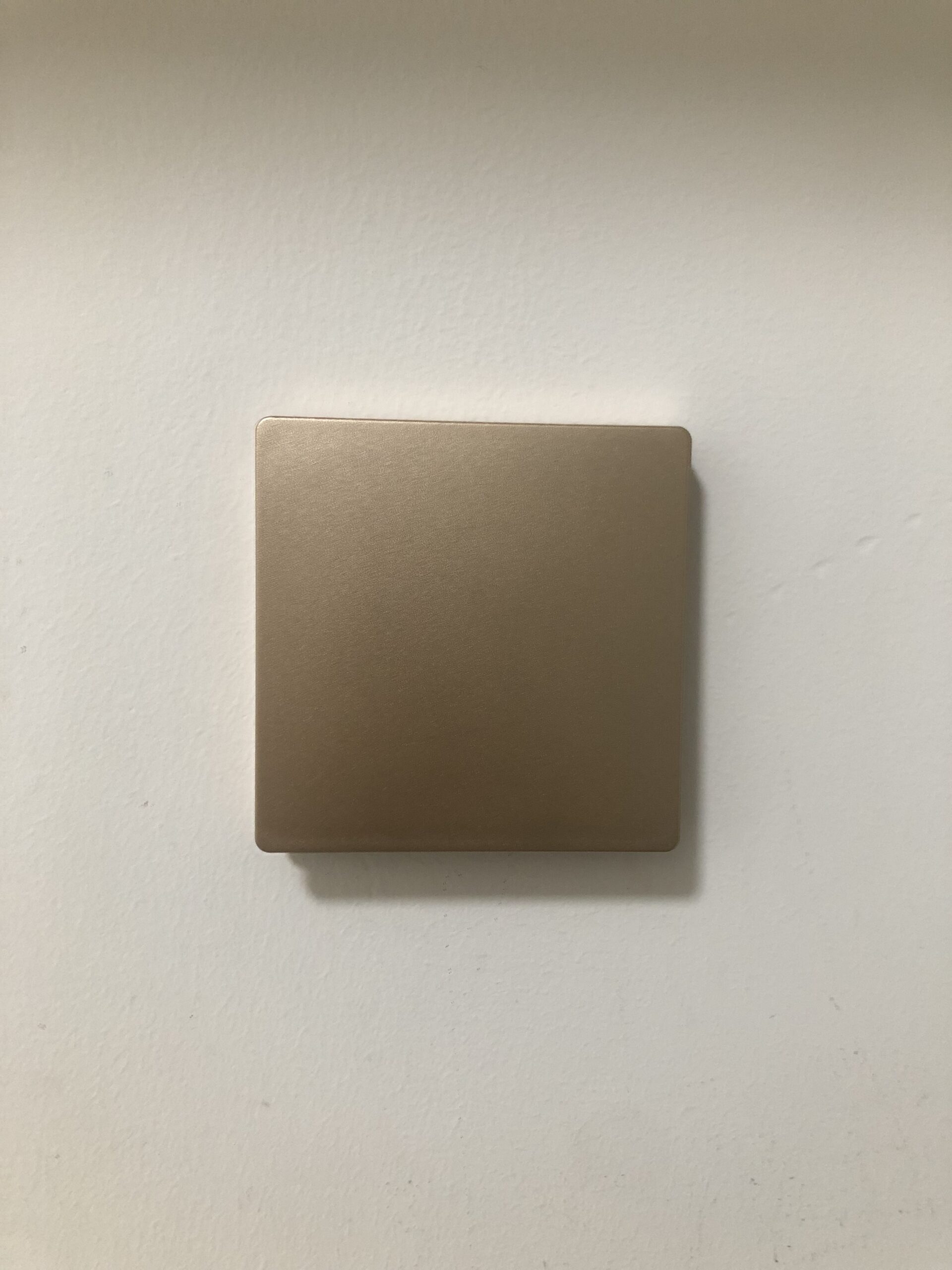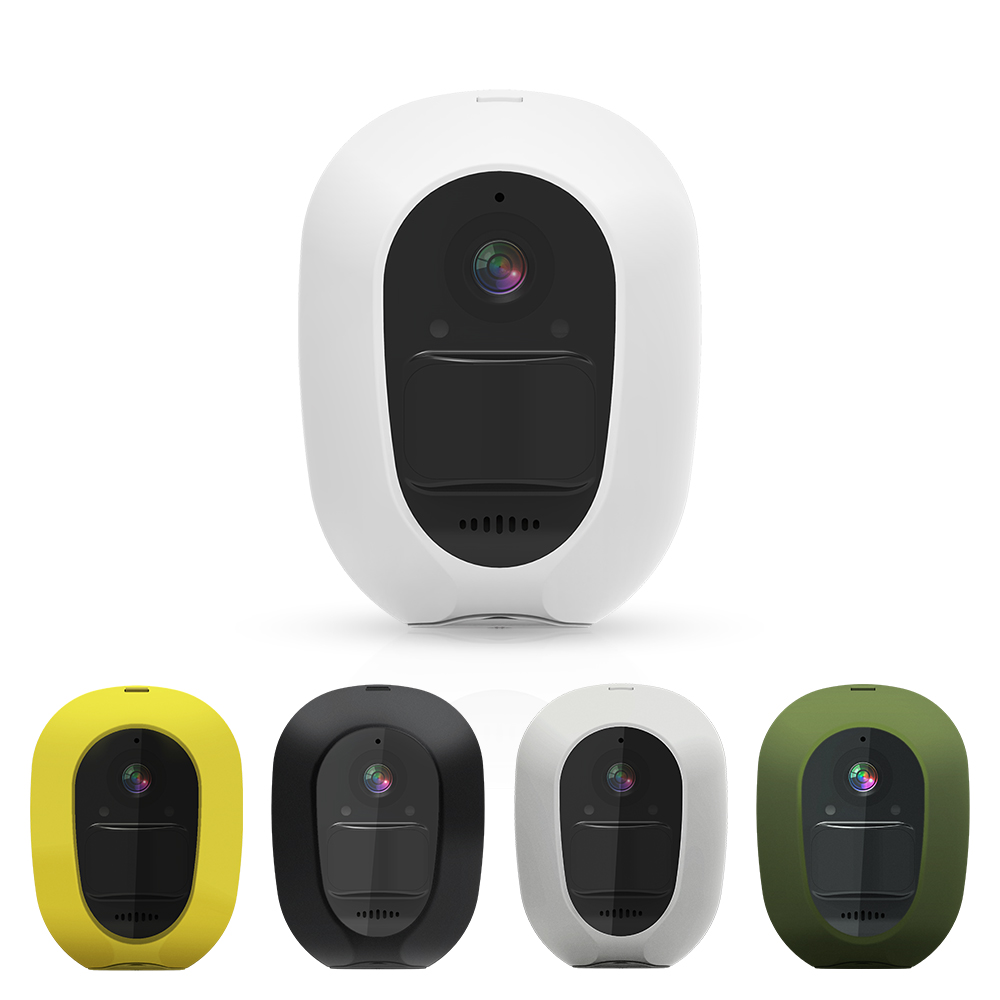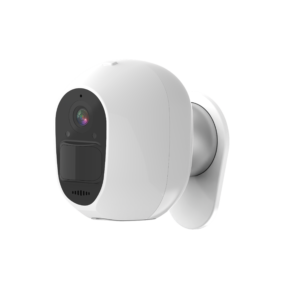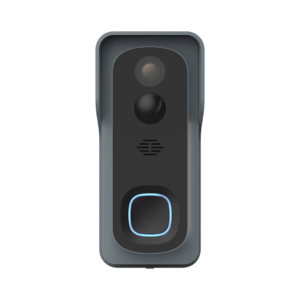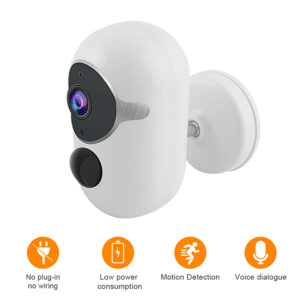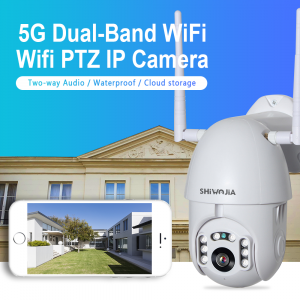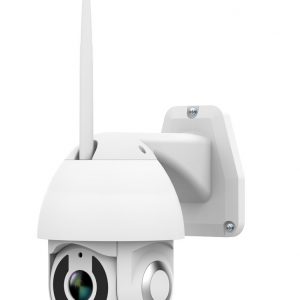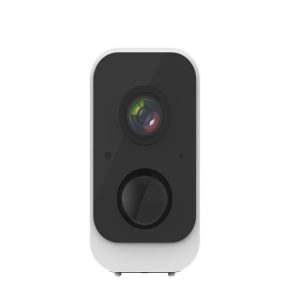Wireless doorbells can be a great addition to smart home convenience. What makes wireless doorbells a great choice to regular wired ones?
Smart home technology allows for a safe and convenient home setup. This includes maximizing your home security.
There are many options, including motion detectors and surveillance cameras, as well as wireless doors.
Wireless doorbells make it easier for homeowners to be notified of visitors.
You’re in the right place if you want to improve your home security by installing a wireless doorbell. We’ve compiled some important points that you shouldn’t forget when buying a wireless doorbell for your house.
What is a Wireless Doorbell?
Visitors no longer need to use a door knocker to announce their arrival. An advanced alert system for home was created when wired doorbells were introduced.
Next came wireless doorbells, which had more advanced features. With the standard doorbell, it was the beginning of wireless.
What is a wireless doorbell system, you ask? It is more unique than the wired system.
The primary characteristics of a wireless doorbell system include its structure and form.
The chime box receiver is included, as well as a transmitter. However, the wiring arrangement is not unlike wired. The button presses trigger a transmitter to send a coded signal.
The transmitter is located outside the house, while the receiver is inside the house. A wireless doorbell system is also possible to run on batteries, or can be plugged into the house’s main electrical system.
Wireless doorbells don’t require wiring so installation is much simpler. You only need a power outlet to charge the receiver. It is not necessary to drill holes in the wall for installation. This is a huge advantage.
You can also use two or more receivers. One can be placed in your living room, while the other one can be stored in your garage or shed.
This is great if you are working outside so that you can still hear when someone presses your doorbell.
Some receivers have a flashing bright light that is activated when the receiver is turned on. This can be helpful for people with hearing impairment. Some systems also have a sound-and-tone sensor. This sensor is ideal for alerting homeowners to motion around or near the door.
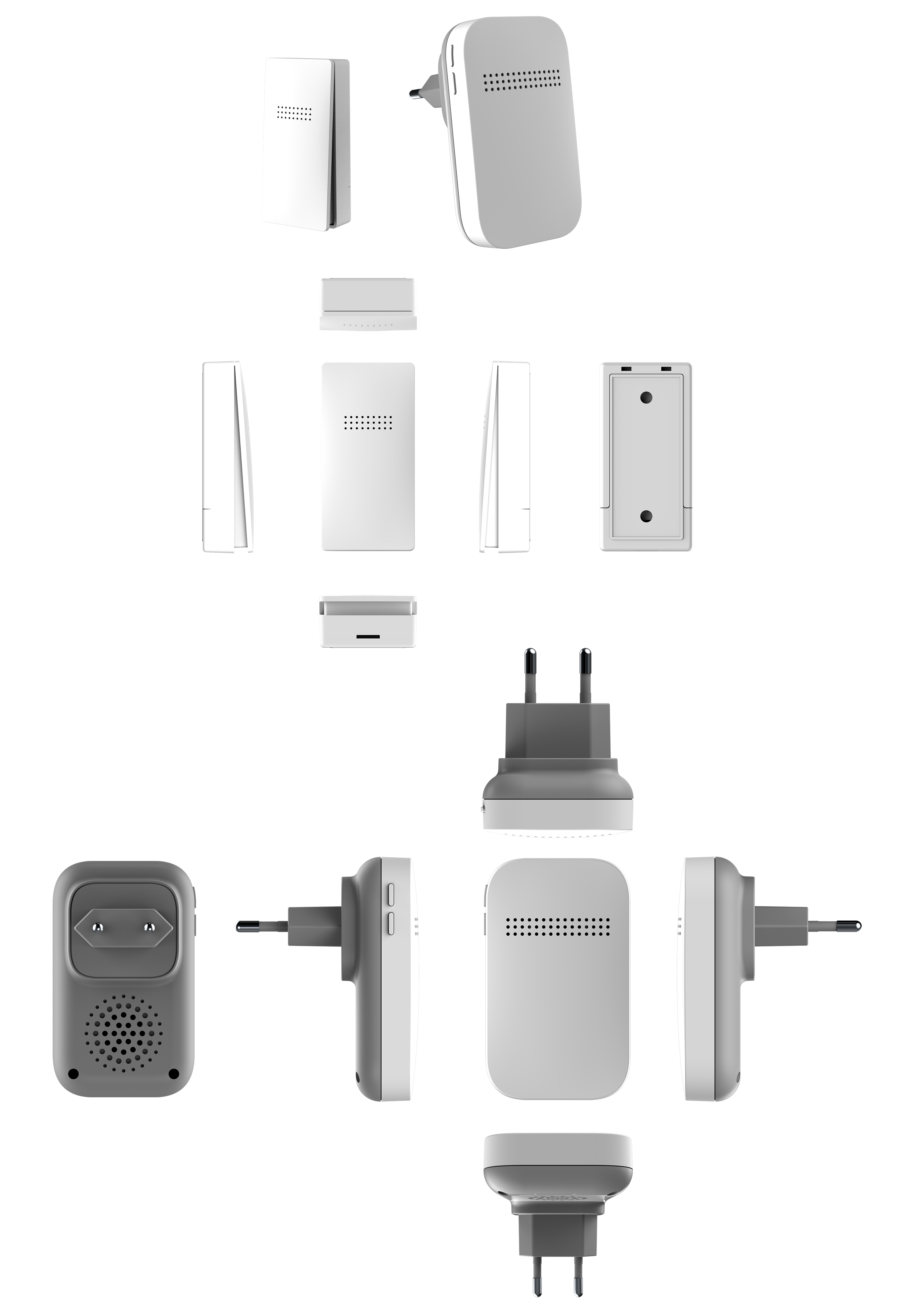
What is the secret to it?
When someone rings your doorbell, there is a lot of technology involved. You should remember that wireless and regular wired work in different ways.
What does a traditional wired doorbell do?
Traditional doorbells require complex wiring systems. The electromagnet (a.k.a. The heart of a doorbell.
These electromagnets consist of coils made from wire wrapped around small amounts of magnetic metal. The magnetic field created by electricity passing through the wire creates around it a magnetic field.
When you press the doorbell button, you complete your circuit. The magnetic field is used to power a mechanism which creates a two-tone sound (” Ding-dong “).
What is a wireless doorbell?
The wireless version works on electricity or batteries, unlike wired doorbells. Wireless doorbells are simple to install, and homeowners love them.
This wireless doorbell uses radio signals to transmit information when the button is pressed. The signal is picked up by a receiver, which triggers the light, buzzer or chime.
The transmitter is often mounted to a wall using screws or double-sided adhesive tapes. The receiver is usually powered by standard batteries, or plugged into an electric outlet.
Wireless models are available in a variety of frequencies to reduce interference from neighboring doorbells.
Note Wireless doorbells require wiring, but they have delicate circuitry. It is important to be careful when installing wireless doorbells. The electronic chime box can be damaged if dropped.
Wireless Doorbells vs Traditional (Wired).
Although wired doorbells can be practical and cost-effective, they are too laborious. Many homeowners prefer the wireless option.
Below are the pros and cons of each type of doorbell. Find the right doorbell for you.
Wired doorbells
Pros
- This is a practical and functional option that’s also less expensive.
- Its strong sound strength ensures high quality sound.
- There are many options available for doorbell button designs.
- This direct line offers the highest consistency.
Cons
- They only work within a narrow range.
- You can quit or go off without cause.
- It can be difficult to install. This involves running wires through the house. This one can be costly and you might need professional assistance. The wireless version is a better option.
Wireless doorbells
Pros
- It is easy to install. It doesn’t require a complicated wiring system, which is a huge advantage.
- There are many options for chime choices. Some models have a mute function, which allows you to silence the doorbell temporarily.
- They can be heard from a greater distance than wired doorbells.
- They block background frequencies
- It includes tons of features such as: Video and audio recording, night vision and LED indicators are just a few of the many features included in this product.
Cons
- Although they may have a minimalist appearance, most don’t offer many design options. This is not a problem if you are okay with simple and basic designs.
- It is obvious that wireless models are more expensive than wired ones. However, high-end wireless models like smart WiFi-enabled doorbells are more expensive.
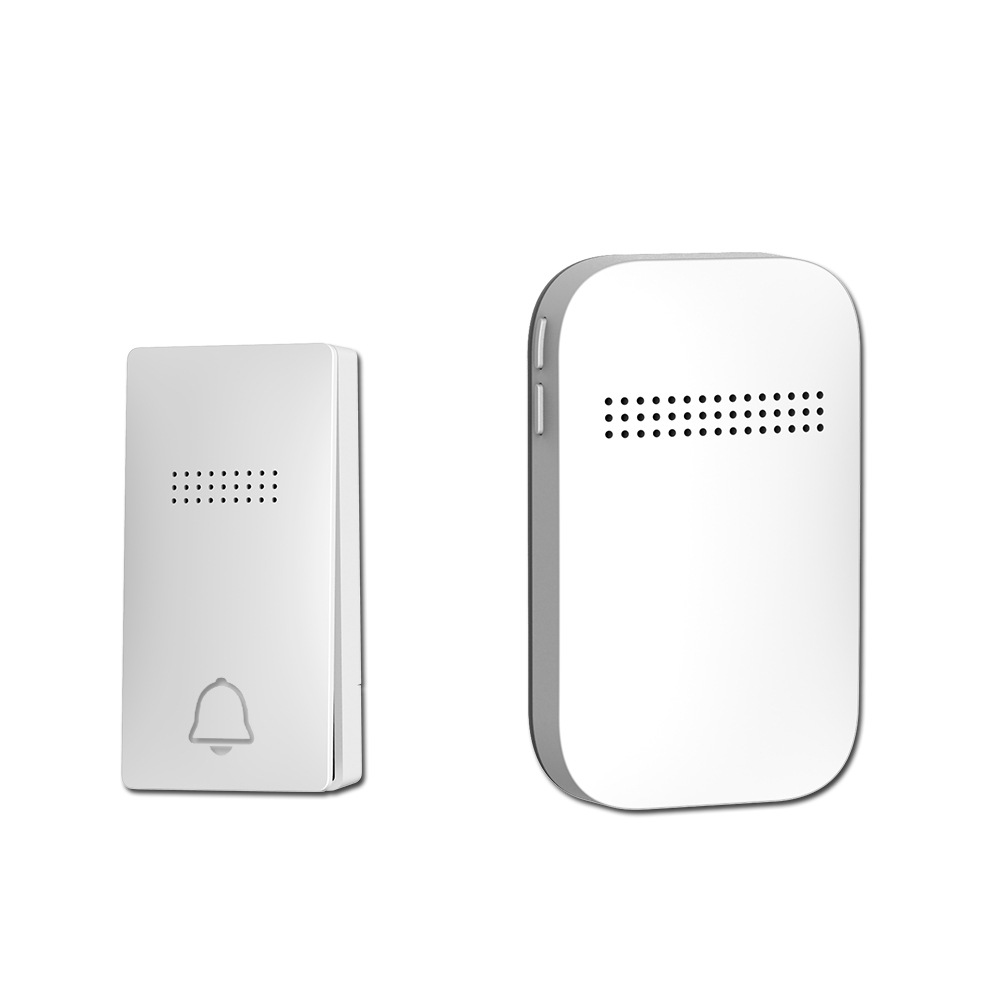
The bottom line
After you have learned about the pros and cons of both wired and wireless doorbells it is up to you to decide. Which one is best for you?
Are you looking for the great sound quality and practicality that a wired entry doorbell offers? It could also be the advanced features and convenience that a wireless doorbell offers.
Both will alert you to visitors.
While a wireless doorbell is more expensive than some, it offers great security and peace of mind.
There are many factors to consider when choosing the right wireless doorbell
There are many options for wireless doorbells. It is important to carefully consider your options before you make a purchase.
A portable wireless doorbell system that includes speakers can be used to provide clearer sound throughout your home.
Make sure that the signal is clear enough to reach your main unit. Solid stones and thick internal walls can reduce the signal’s clarity.
Verify that the push button can adapt to different weather conditions. These characteristics are essential as they will increase the longevity and durability of your wireless doorbell.
There are many chimes available for wireless doorbells. It would be wonderful if your family could settle on a soothing and pleasing chime. If you can find a model with 30 chimes, that’s great!
Check out our products below if you are looking for the best wireless doorbell to protect your home.
You can find the right product for you with different power options and accessibility options.
1. Battery-operated Wireless Doorbell with 38 Chime/Melodies and 38 Chime/Melodies .
This battery-operated wireless doorbell is easy to set up and comes with double-sided adhesive so that you don’t have to drill holes. This wireless doorbell doesn’t require any wiring or cables to set up.
The system also includes 38 selected melodies, three volume levels ranging from 60 to 90dB and a low battery indicator. The system can also use the 433MHz band up to 80m.
The wireless doorbell also features a learning code technology to help avoid interference.
Where does power come from?
- A button cell for CR2032
- 3 x AA batteries (batteries not included)
2. Mains Plug-in Wireless Doorbell
This wireless doorbell will ensure you never lose a visitor. It’s easy to install: simply mount the doorbell on your front door, plug in the receiver into a powerpoint, and turn it on.
The set can transmit up to 100 m and offers 36 melodies/chimes. This set is suitable for small offices, apartments, and rental properties.
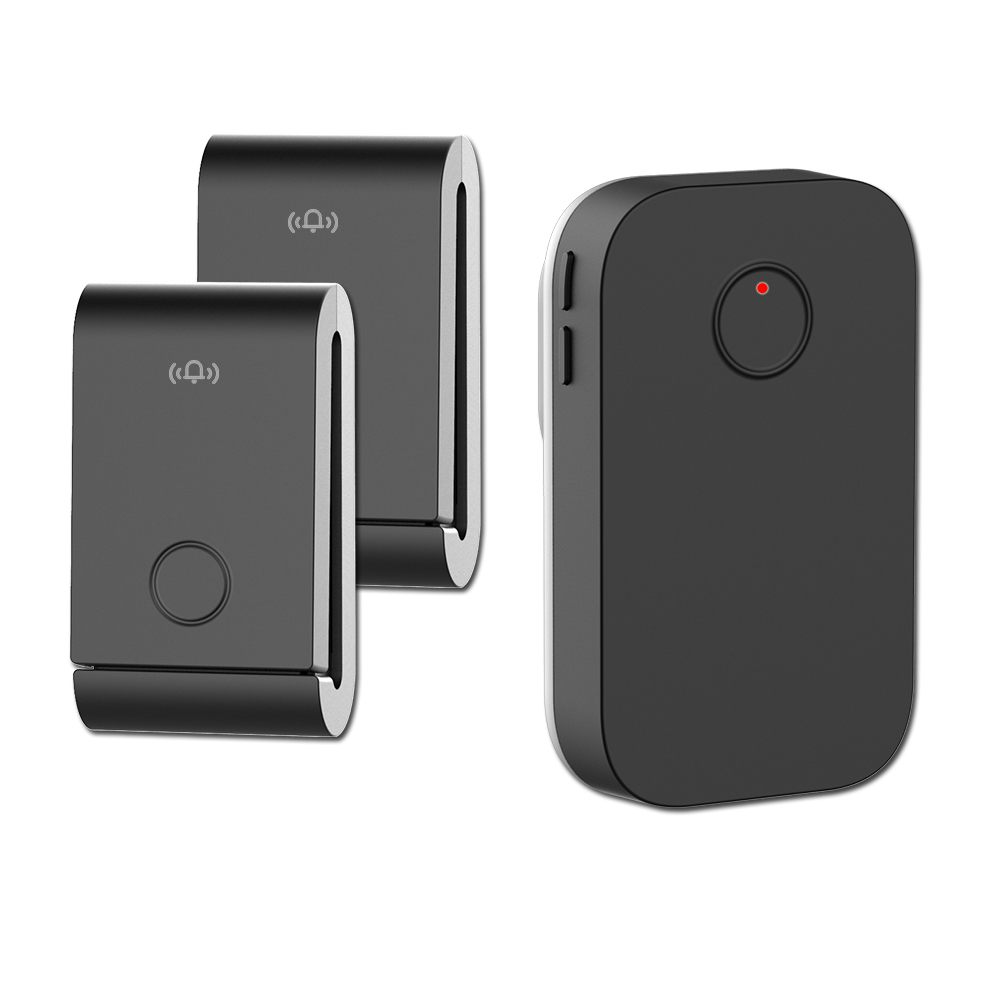
3. Wireless Door Bell with Strobe For the Hearing Impaired
This wireless doorbell is suitable for people with hearing impairment, as the name suggests. The doorbell rings when it flashes and has a flashing strobe lamp that alerts you.
The sounder comes with a neck lanyard that allows you to carry it within 30 meters of the transmitter. It also features seven different melodies, with loud and medium volume levels.
You will need 4x C cells batteries (sold separately).
Browse our list of available intercoms and doorbells to find more options.
